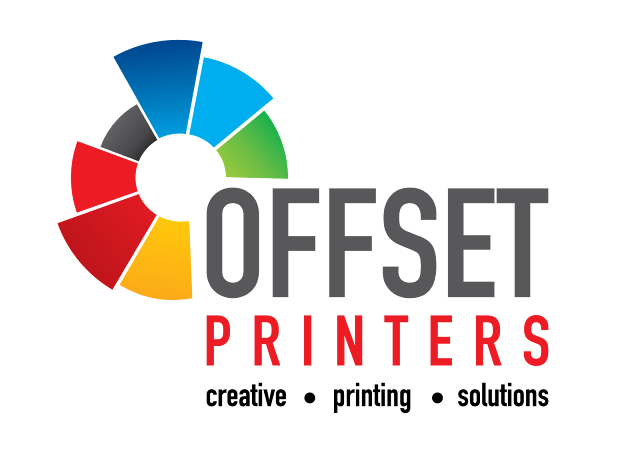Web-Fed Offset Lithography
Web-fed offset lithography is a form of printing where the paper is fed continuously through the press. This process is not limited to printing on thin paper, but also produces higher quality prints than a sheet fed offset lithography.
The most obvious use for a web-fed printing press is for newspapers and other printed materials. A web-fed offset lithography press is capable of producing over 3,000 identical sheets per minute. However, this technology is only cost effective for long run print jobs.
Typically, the largest hoop you need to jump through to make a web offset lithography printing press work is to prepare the plate. Although this is an endeavor that will take you a fair amount of time, you can expect to make your money back in the form of faster turnaround and lower costs.
When preparing a web press, you may want to use a product specialist to help you prepare your artwork. They can also advise you on the most appropriate inks and media for your specific job.
Costs of Offset Printing
Offset printing is a great way to produce prints on a large scale. It provides high quality imagery with low per-copy costs. Unlike other methods, it can be used on paper, glass, plastic, and metal. While digital printers are good for small runs, it may be worth the extra investment to go with an offset press. Generally, an offset press can run a few thousand sheets an hour. In comparison, a digital press can only run a few hundred units.
The cost of an offset press is higher than the cost of a digital printer, but the print quality is usually superior. This type of printing is ideal for books, posters, and larger print jobs. However, if you need a smaller job, you can get a decent quality digital printer at a much lower price. Offset printing can provide you with a more accurate color distribution. You can also achieve a higher level of resolution without streaks.
Pre-Press Stage
The per-press stage of offset printing services is the part of the process that occurs before a printed piece is produced. It includes a series of steps that involve the preparation of digital files and the converting of these files into a format that can be used by a printer.
In a traditional pre press model, the images are transferred from a digital file to a plate. These plates can be made from various materials such as rubber, plastic, and metal. They can also be engraved by laser processes or photo-mechanical processes.
Pre-press work may be done by a single person or by a team. One of the most important elements of the pre-press stage is the paper select. Choosing the right paper for a job is essential to ensuring quality results.
Another key element of the pre-press stage is proofing. A proof is a close representation of the final printed piece. Often, proofs are sent as PDF files to clients to review. During this stage, clients can check for typos, spacing, color, and other factors.
Color Management
Color management is an essential part of the printing process. It provides accurate results that meet color standards and expectations. Managing colors ensures that brand managers, designers, and brand owners are comfortable with the proofs and packaging they receive.
Color management includes color profiles, measurements, and software programs. These programs help ensure that colors are reproducible across all devices, media, and formats.
Colors have a fundamental problem, which is that they are reproduced differently by different devices. A design may look perfect in Photoshop or on a computer monitor, but the printed material will have a significantly different color scheme.
If you're not sure whether your product is color-correct, it's always best to have an eye-trained professional check it out. For instance, if you're printing a poster, the texture of the paper can change the appearance of the image. Ink layering, overlap, and brightness can also affect how the image looks on the screen or on the printed piece.





No comments:
Post a Comment